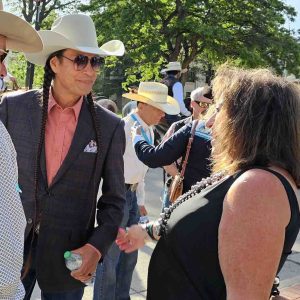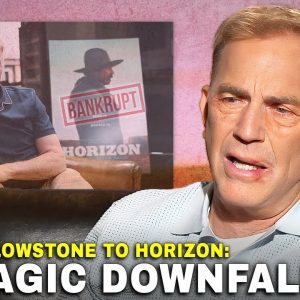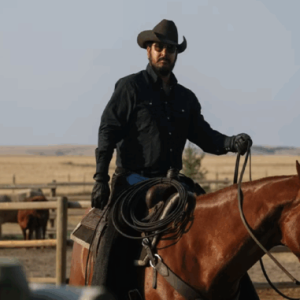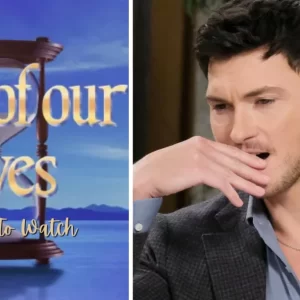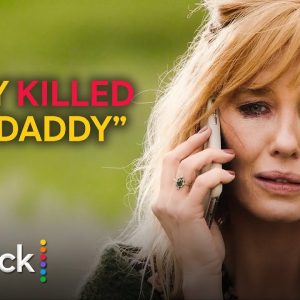Kevin Costner’s most recent directorial effort was the expansive American history epic “Horizon: An American Saga – Part
1.” The film, running 181 minutes unto itself, was meant to be the first of four equally expansive epics that would chronicle
the phenomenon of Arizona boomtowns in the 1860s. The cast included Sam Worthington, Sienna Miller, Michael Rooker
, Danny Huston, Jena Malone, Luke Wilson, Will Patton, and dozens of others. Costner himself played Hays Ellison, a horse trader with a past.
The critical response to “Horizon Part 1” was lukewarm, with critics citing the film’s expansiveness as a weakness that robs it of a vital narrative throughline. The photography is beautiful, but “Horizon” is lugubrious and unfocused. The first two parts were filmed back-to-back and reported cost $100 million to make, with Costner contributing $39 million of his own money. When the first “Horizon” film only made $29 million domestically, New Line Cinema pulled “Part 2” from its release schedule. There is, as of this writing, no set plan to release the second film.
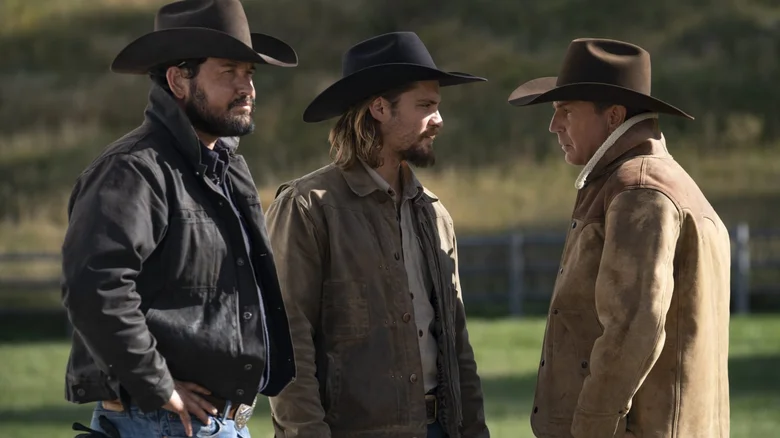
But one can never fault “Horizon” for its ambition. Costner has long been drawn to Westerns, especially lengthy ones that dissect the history of the Old West. Starting in 1985, Costner appeared in Silverado,” followed by his directorial debut “Dances with Wolves” in 1990. In 1994, Costner produced and played the title role in “Wyatt Earp” and one could even interpret his 1997 sci-fi film “The Postman” as a Western. In 2003, he directed “Open Range,” and prior to “Horizon,” Costner also starred in the hit TV series “Yellowstone.” Westerns are in his blood.
On a recent episode of “Popcorn with Peter Travers,” covered by ABC News, Costner spoke a little about “Yellowstone,” but also revealed why he makes so many Westerns. The reason is remarkably simple: he doesn’t like neckties.
Kevin Costner is more at ease on the range than in the city
Okay, it’s not just that Costner hates neckties, but he did say that the “big city” roles that require him to wear suits are less interesting, and certainly less comfortable, than the roles where he gets to take in the gorgeousness of the American frontier.

Travers noted that Costner’s career has involved a lot of outdoor location shoots, almost more than it does indoor sets. The critic asked Costner if location shooting and set shooting require different kinds of performances. Costner said that it didn’t, but that he would always prefer to work outdoors in the natural world. Westerns allow him to do that. Costner said:
“I don’t like doing movies with ties. What I’m saying is, I’m not as comfortable in the city. And I realize that I have this great job that takes me around the world. But when I find myself out in the West, I wake up every morning and that’s my office. That’s what I’m looking at. So it’s not that it necessarily informs my acting.”
Costner also sees filmmaking as doubly rewarding; he has fun making a film, and then, as a bonus, maybe it also makes a bunch of money. If Costner makes a film he adores, and has a great time making it, then a box office failure doesn’t phase him. He pointedly continued:
“There’s two things for me in the business that I chose, one is that there’s the movie I make. […] And two, there’s the experience I have. I don’t value the outcome of a movie and it’s box office more than my experience. They equate. I want that obvious thing for the movie to be successful. But I never let the idea of what it did box office negate the experience that I had. I won’t let it outweigh it.”
So even if audiences weren’t keen on “Horizon,” Costner still likely considers it an overall positive experience. Regardless, he has the outsize success of “Yellowstone” to fall back on.
